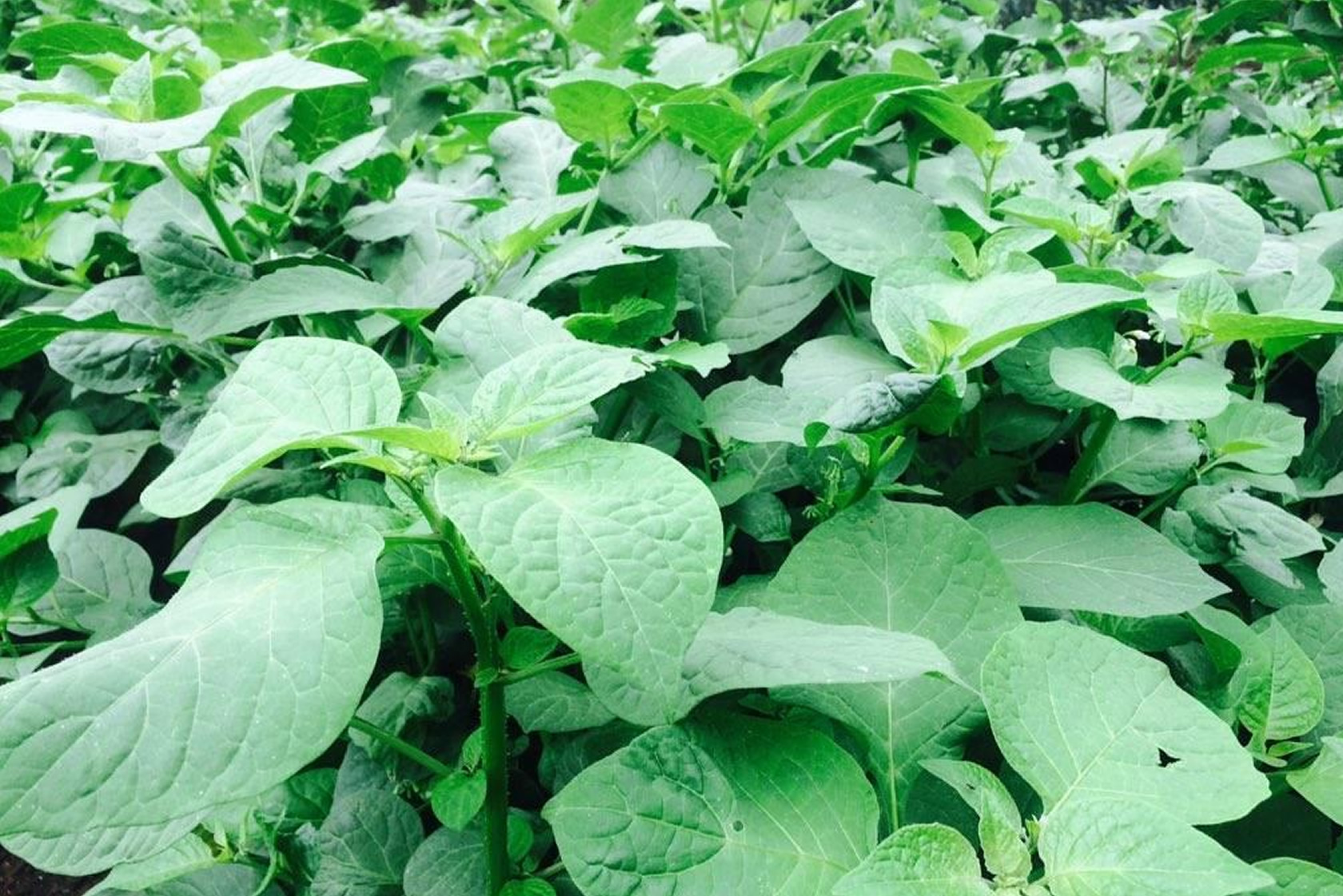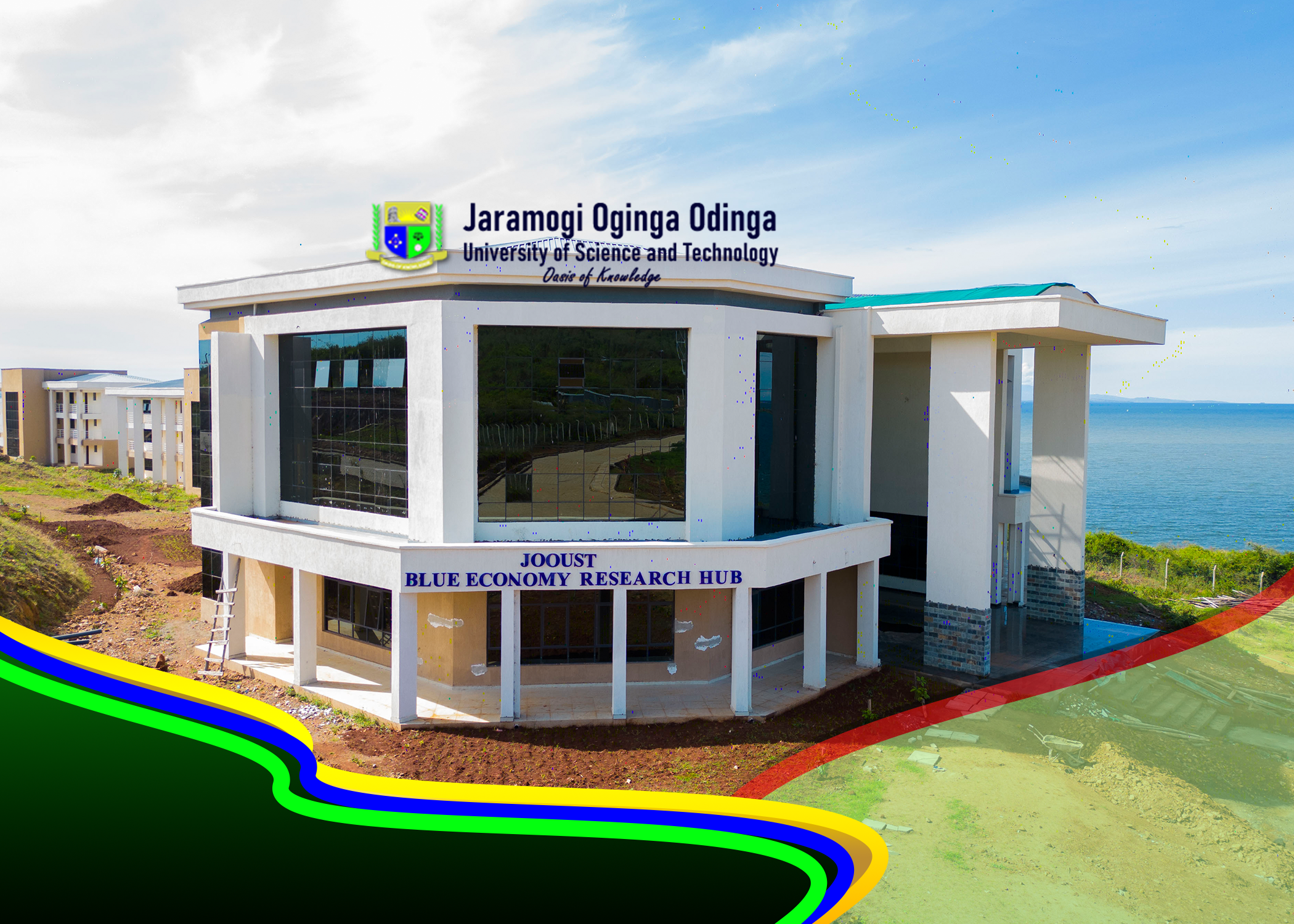This is a two-year project with a funding of 5 million Kenyan shillings are seed money, with the first funds released in March 2024, aiming to promote the development of indigenous vegetables considered as weeds within the community. The project focuses on identifying, cultivating, and commercializing available different weed species that can be used as vegetables. These plants have been collected from Siaya, Kisumu, Kericho, Kisii and Kakamega Counties and are currently being nurtured for bulking at the Siaya JOOUST campus, awaiting distribution to interested farmers for plots development. An MSc student is actively involved in managing the greenhouse plants and conducting further plant collection surveys. The project will extend its collection efforts to cover the lake region and beyond.


